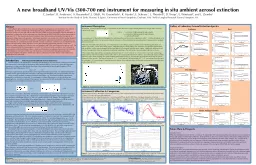PPT-The Early Development Instrument
Author : telempsyc | Published Date : 2020-06-23
EDI EDI Teacher Training Ermineskin Elementary School Early Years Matter They set the stage for further development Child s experiences in the early years of life
Presentation Embed Code
Download Presentation
Download Presentation The PPT/PDF document "The Early Development Instrument" is the property of its rightful owner. Permission is granted to download and print the materials on this website for personal, non-commercial use only, and to display it on your personal computer provided you do not modify the materials and that you retain all copyright notices contained in the materials. By downloading content from our website, you accept the terms of this agreement.
The Early Development Instrument: Transcript
Download Rules Of Document
"The Early Development Instrument"The content belongs to its owner. You may download and print it for personal use, without modification, and keep all copyright notices. By downloading, you agree to these terms.
Related Documents














